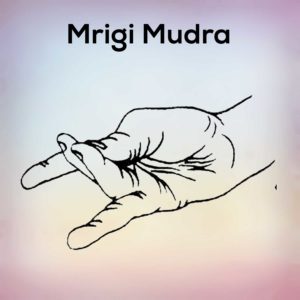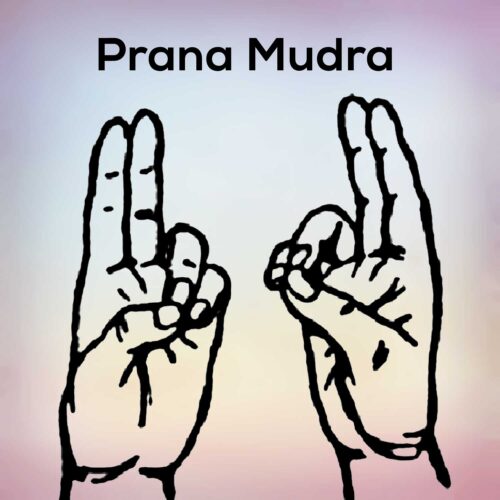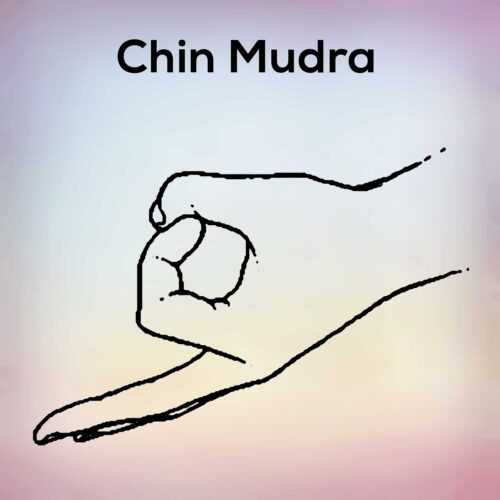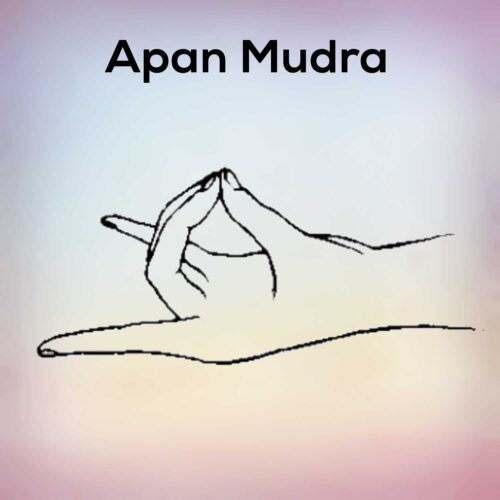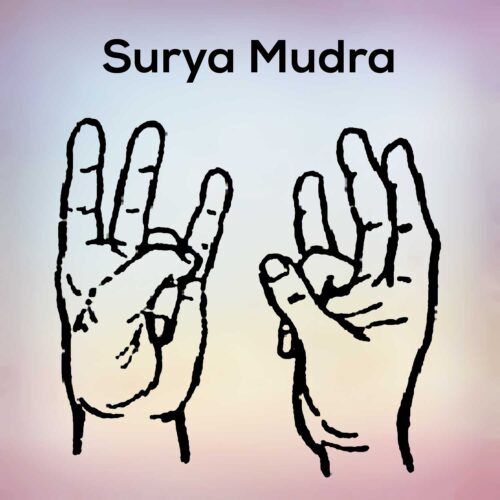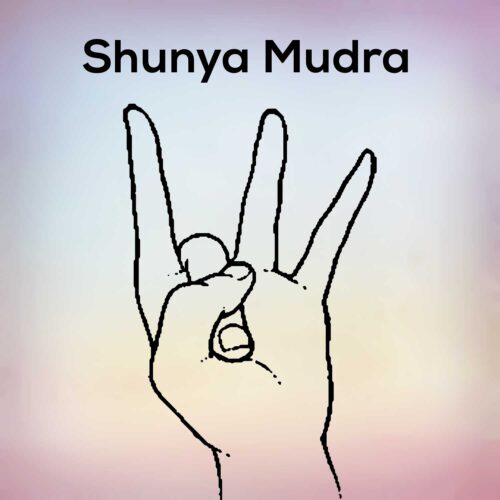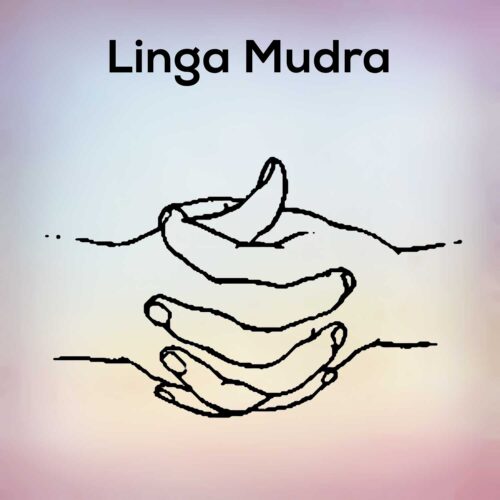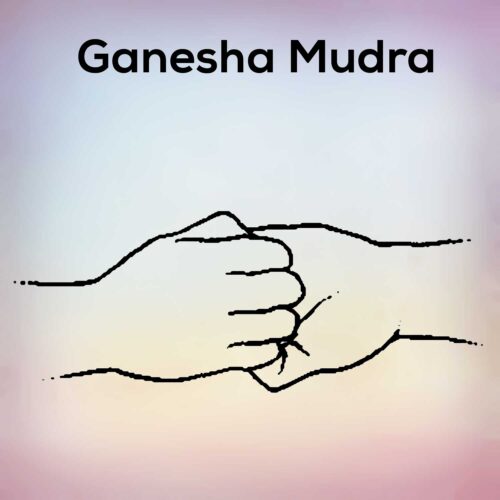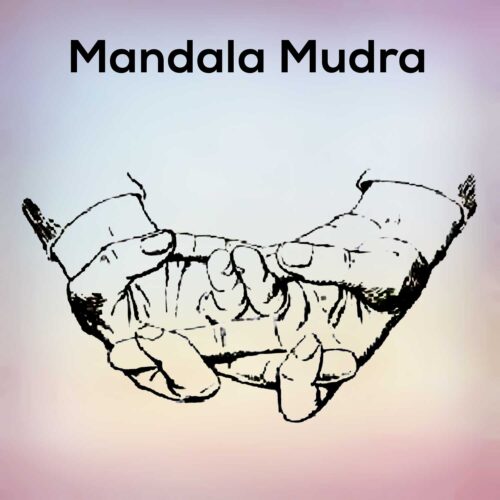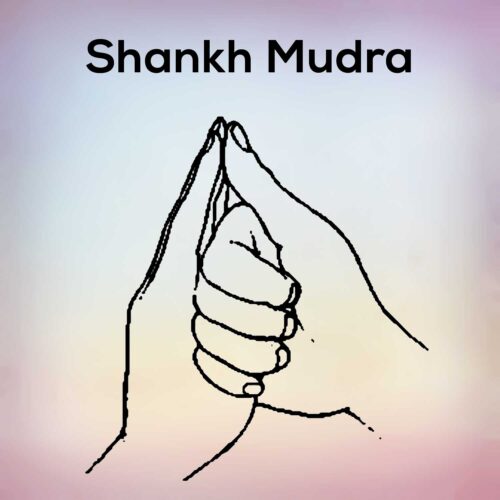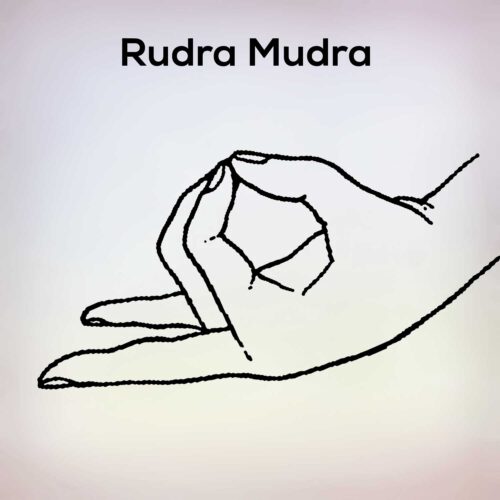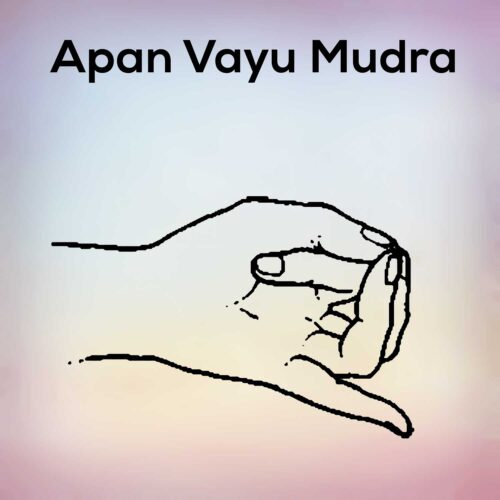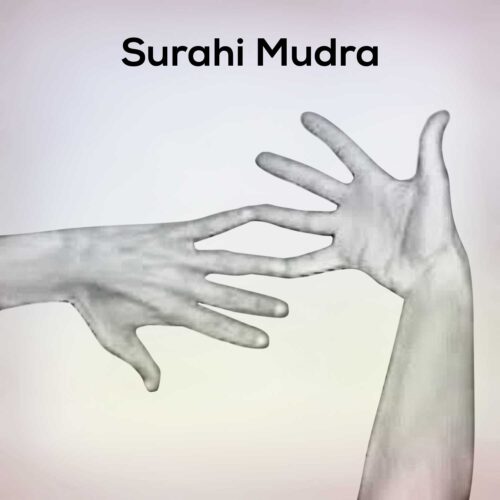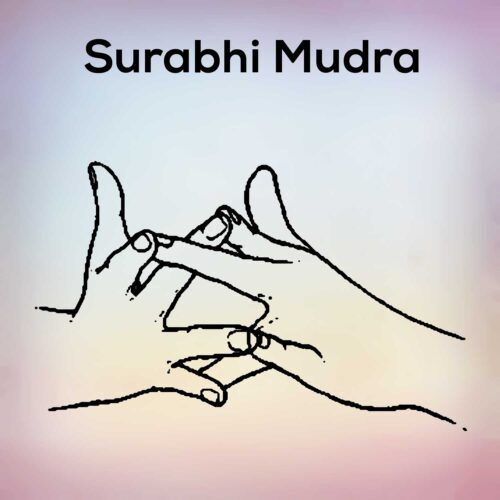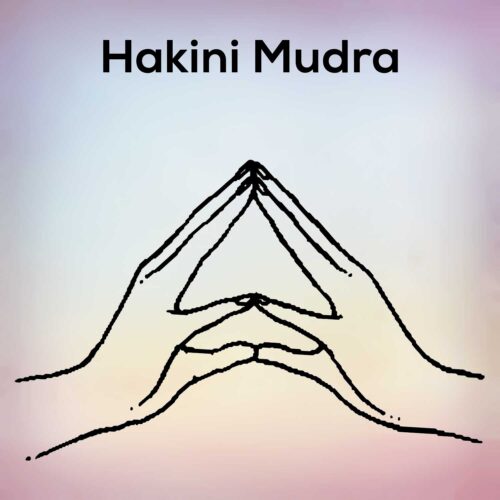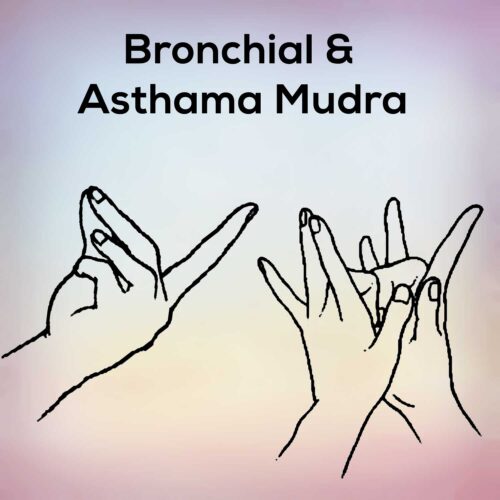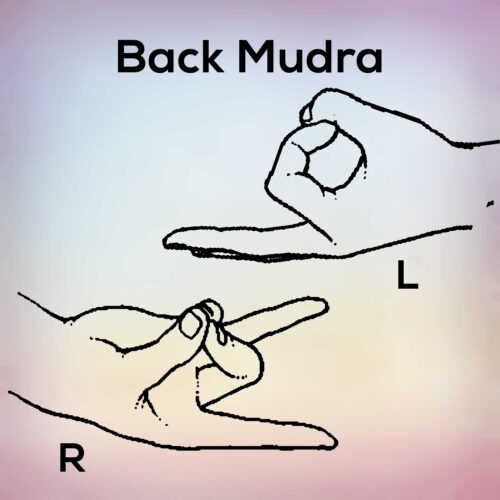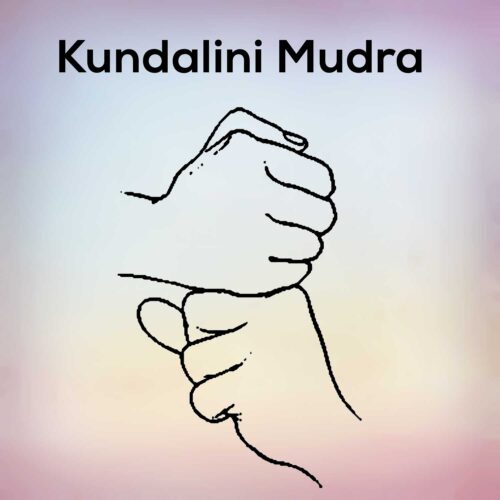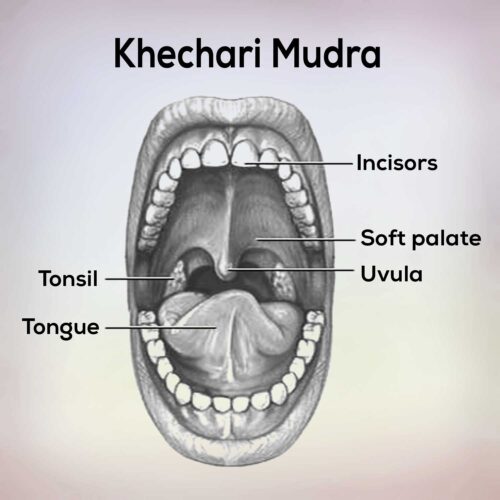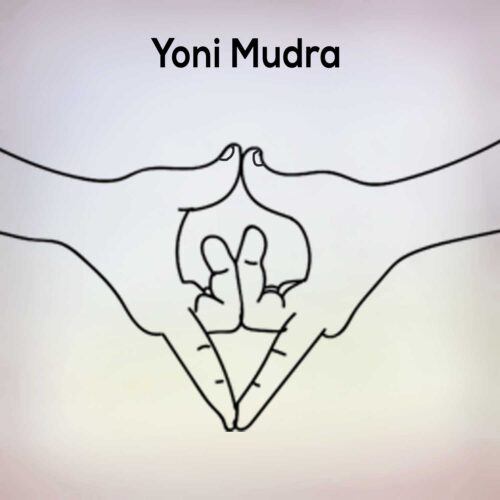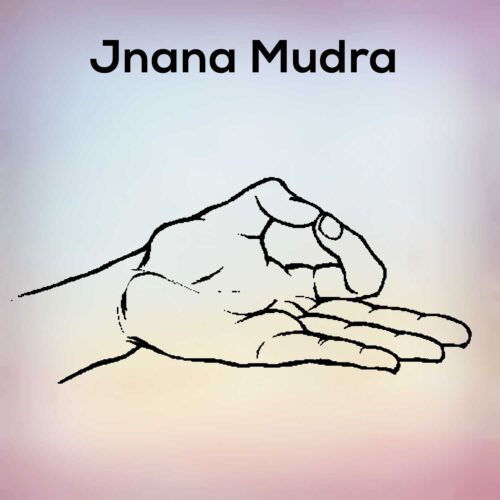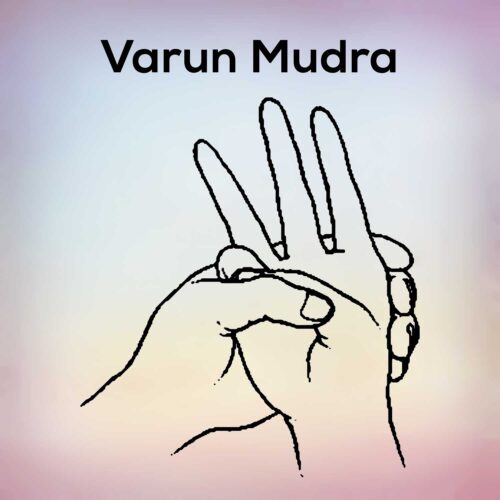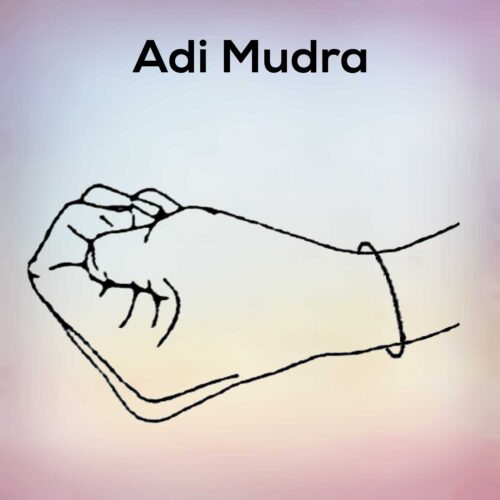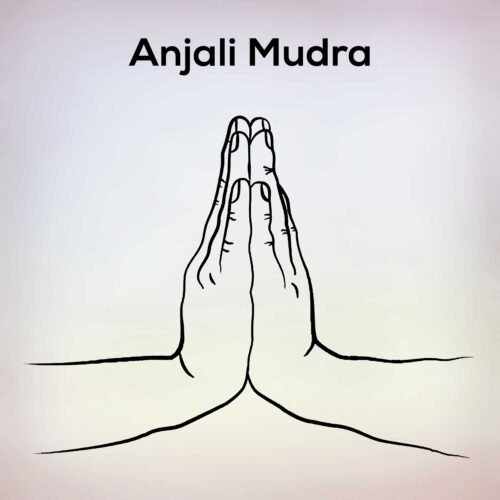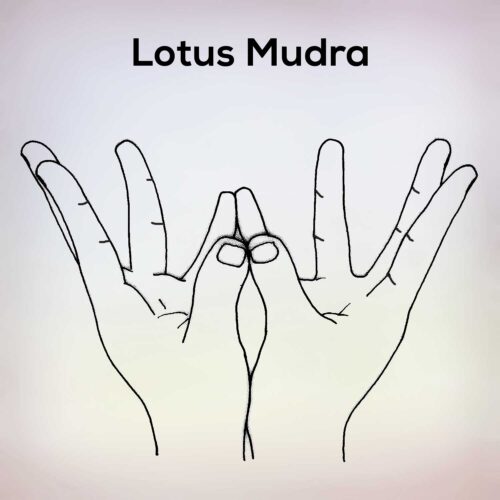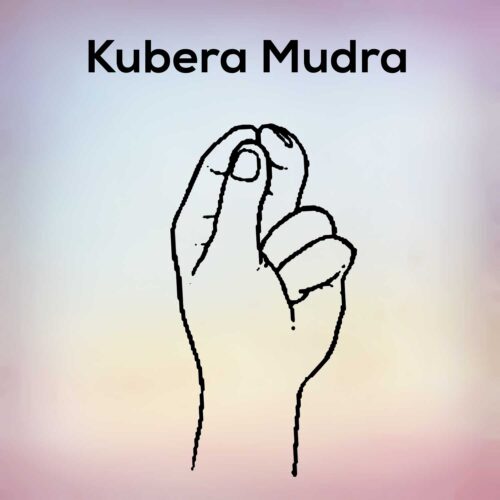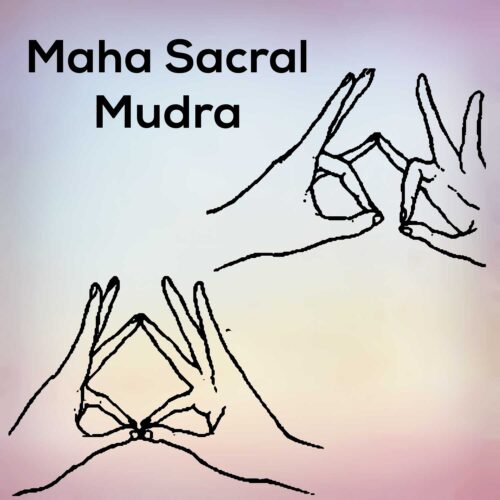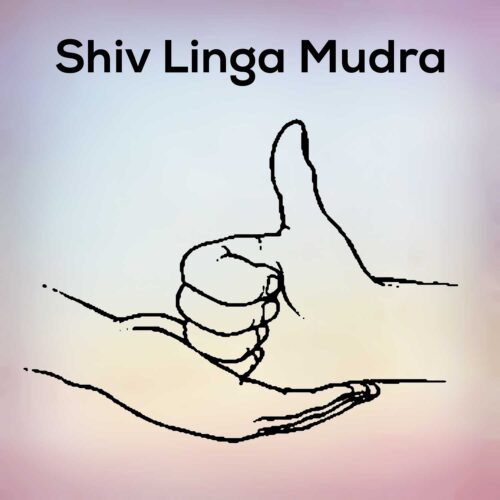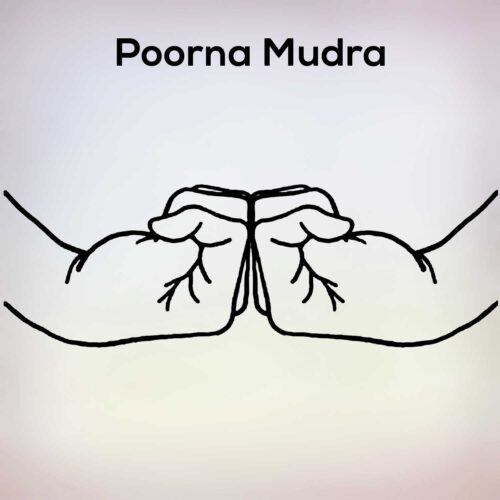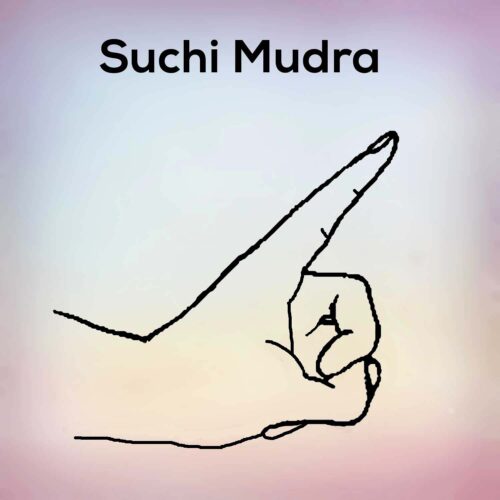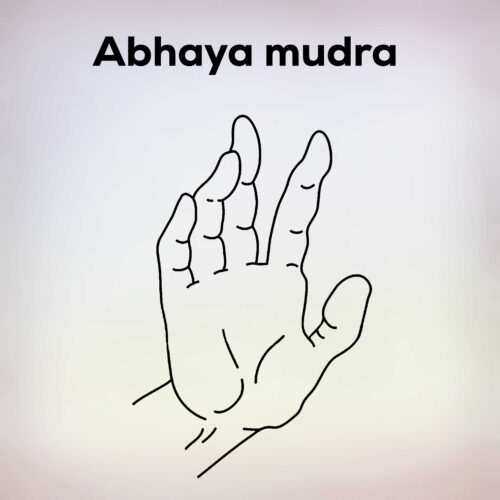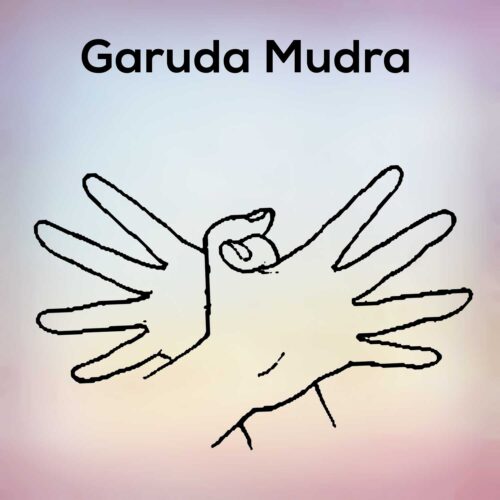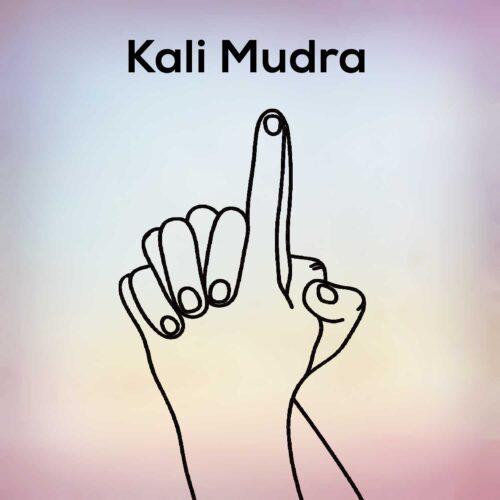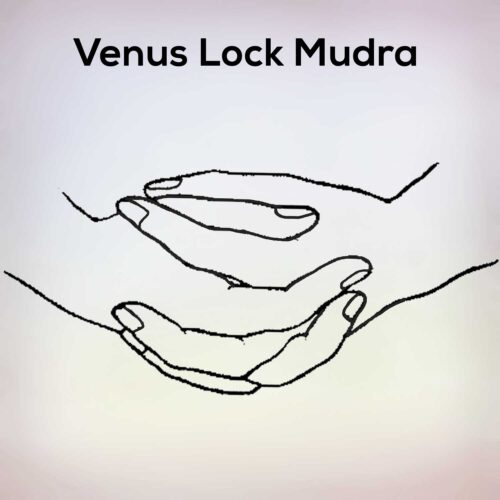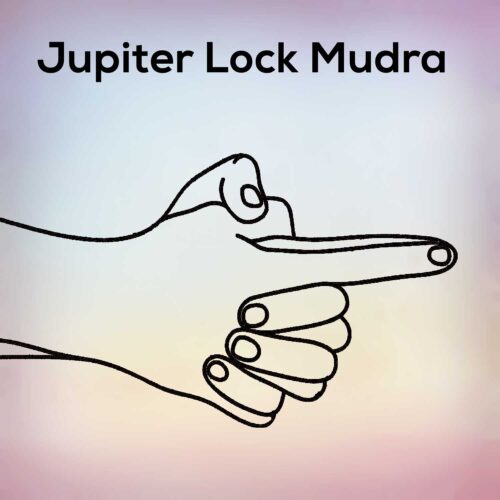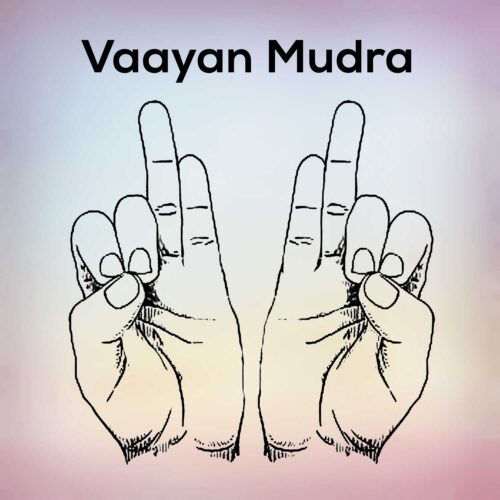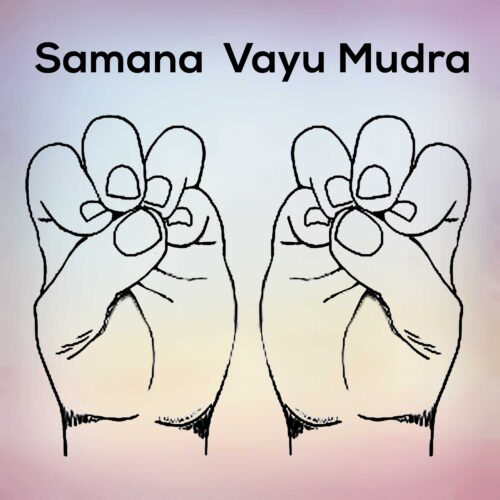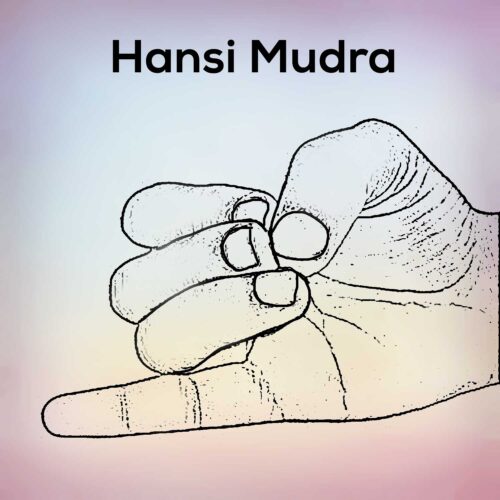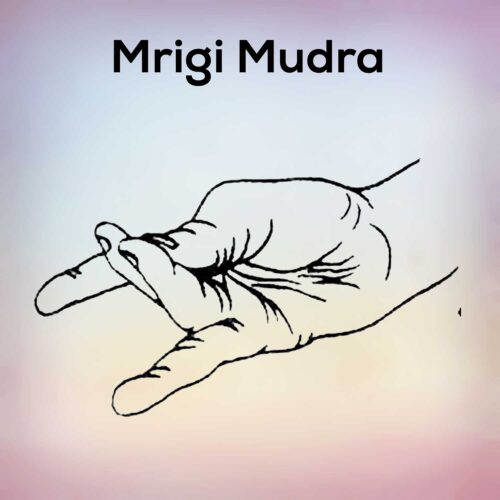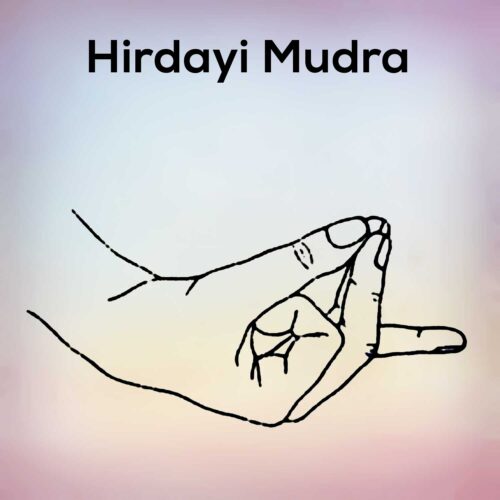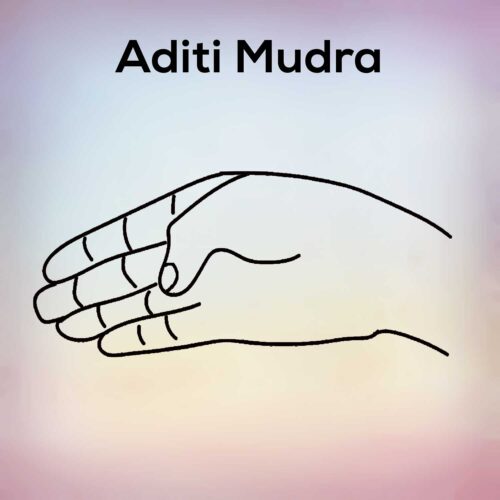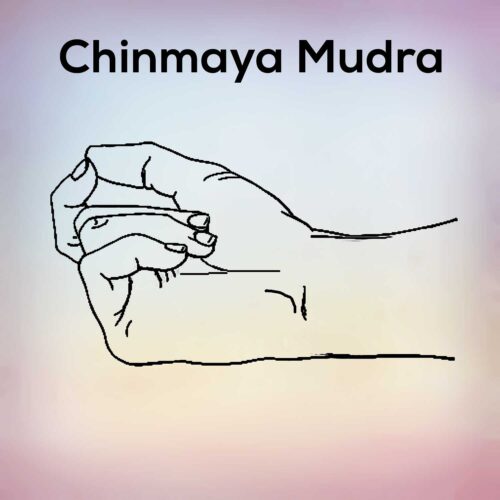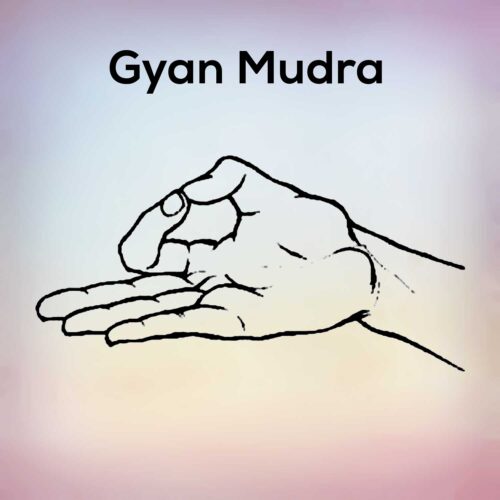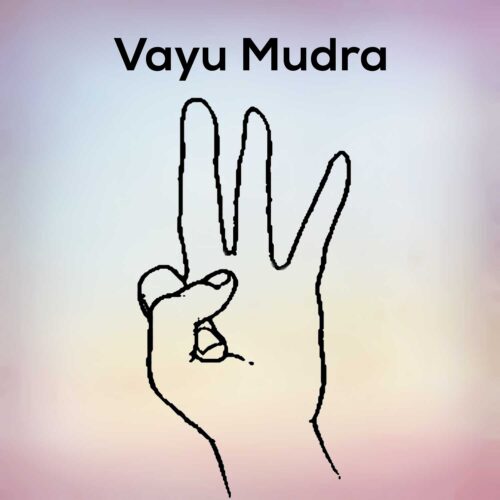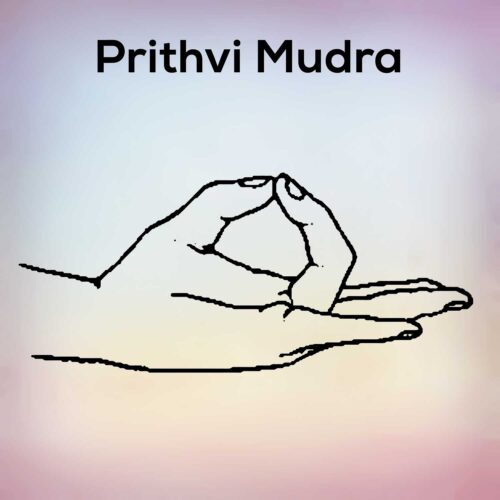Mrigi Mudra – Gesture to achieve mental clarity and focus
Mrigi Mudra (Deer seal) is a mudra from a series of unique yogic breathing techniques. This traditional practice of yogic breathing is also known as Pranayama. The deer seal (deer posture), along with other breathing techniques such as Ujjayi and Kapalbhati, is widely renowned for its extraordinary health benefits for the mind and body.
The deer seal (deer posture) can be done individually at any time of the day, or as a part of your yoga workout session. Practicing the deer seal (deer posture) before starting your yoga routine will help you gain greater mental clarity and focus. Mrigri Mudra can also be used as one of the hand postures for relieving headaches.
Benefits :
1)- This breathing exercise is great for calming your mind before starting a meditation session, and it is also a soothing exercise to calm racing thoughts and anxiety if you are having trouble sleeping. .
2)- Benefits include reduced heart rate, decreased stress and anxiety. This breath is said to encourage the two hemispheres of the brain (oh so beneficial for Parkinson’s disease) and Prana (life force energy) flow.
Follow the steps :
- Adopting this hand posture to reduce headaches and greater mental peace will take some time and practice. The benefits, however, are worth the effort.
- Use your right hand to make a ‘paw’ with your fingers. Bring your index finger and middle finger down to the middle of the palm,
- Deer seal (mrigi mudra) uses an alternative breathing technique in which air is inhaled through one nostril and inhaled through another.
- Place your thumb against your right nostril as you inhale through the left nostril.
- Then using your thumb and ring finger keep both nasal cavities closed. The thumb should close the right nostril, while the ring finger should pin the left nostril.
- Raise your thumb and allow the air to exit your right nostril.
Repeat this entire sequence twice, once using the right nostril in step 4, and once using the left nostril in step 4.
Repeat this set of three breaths at least two or three times.
